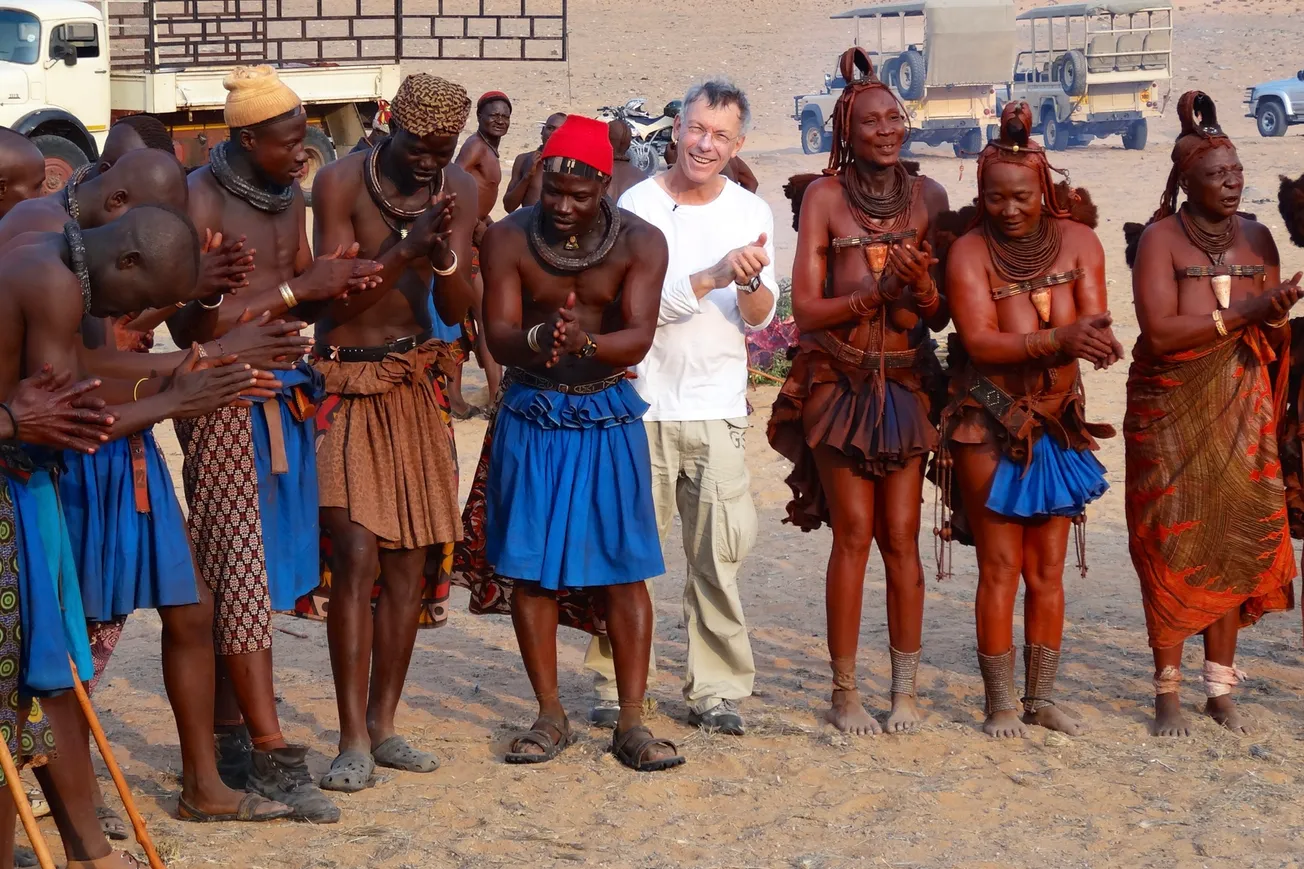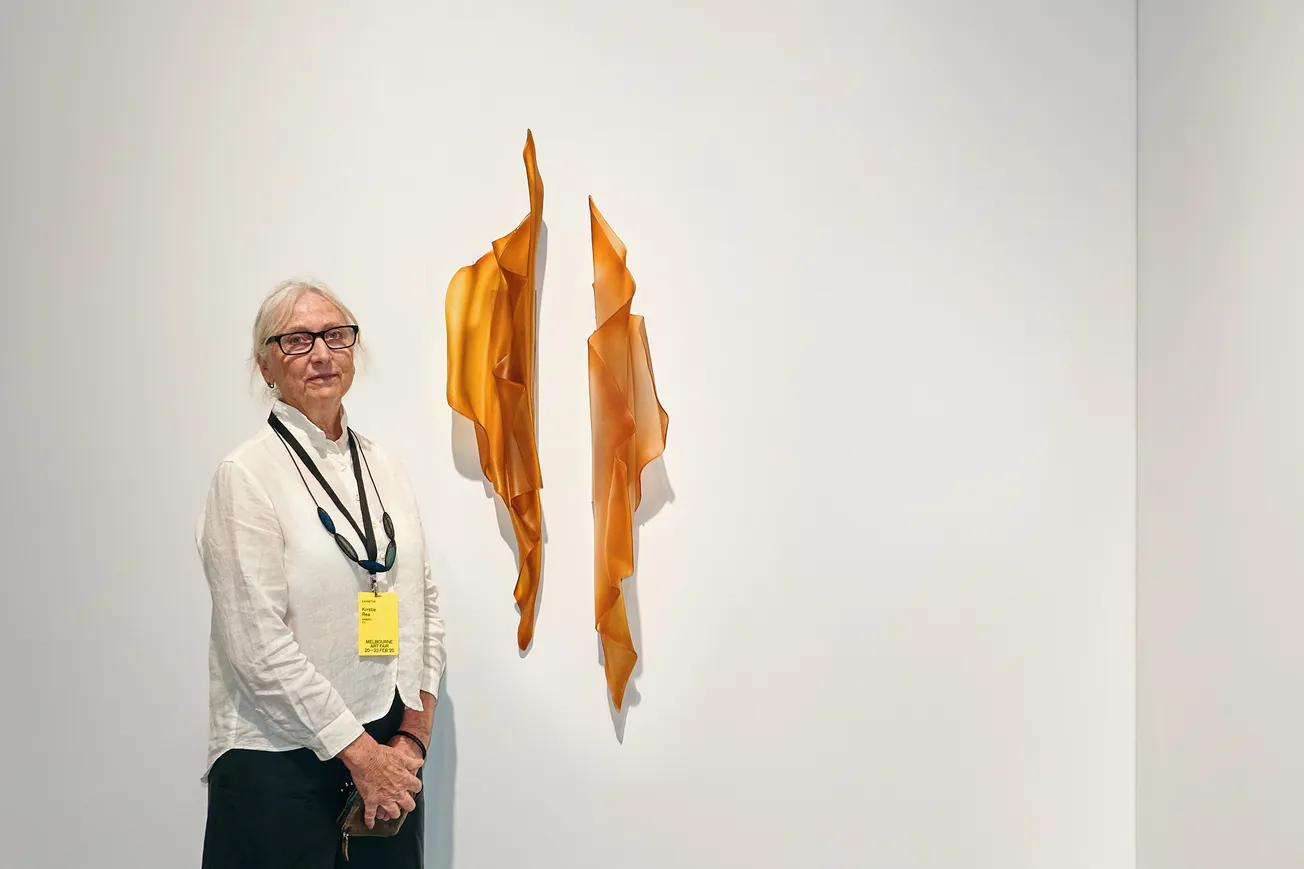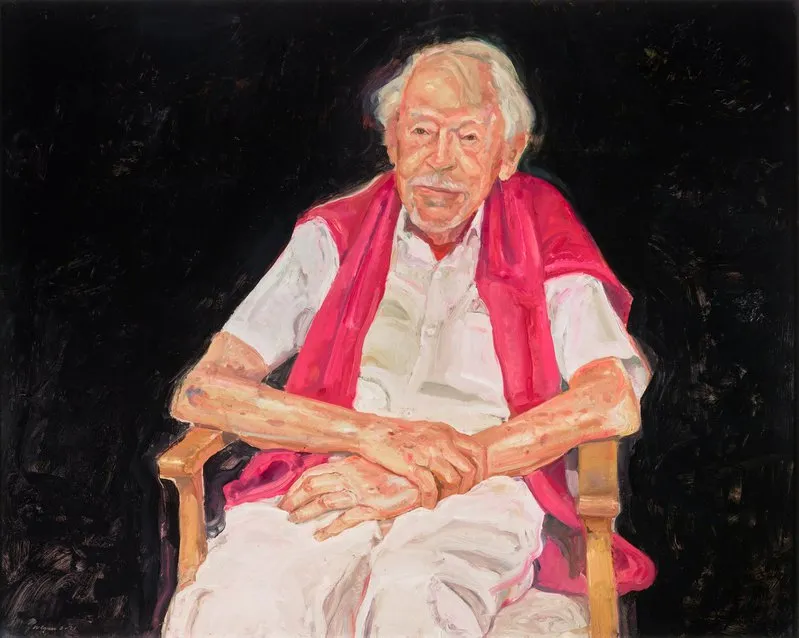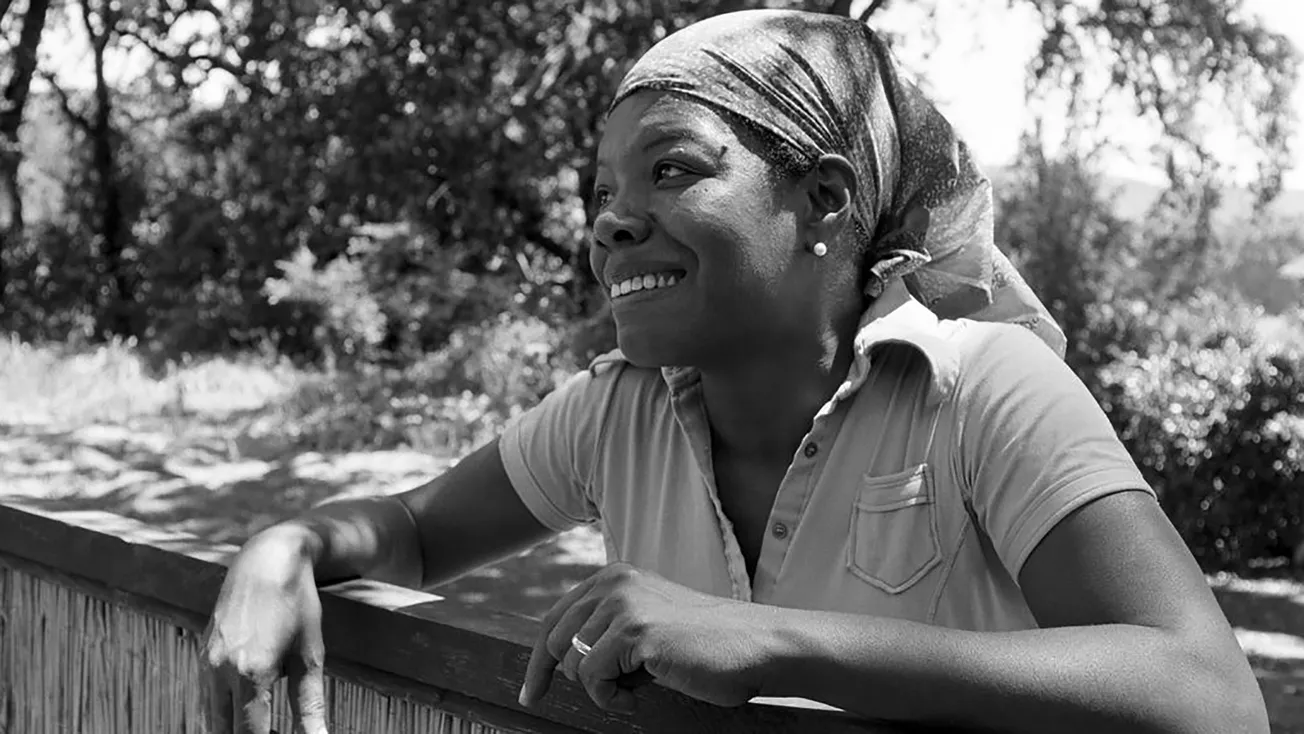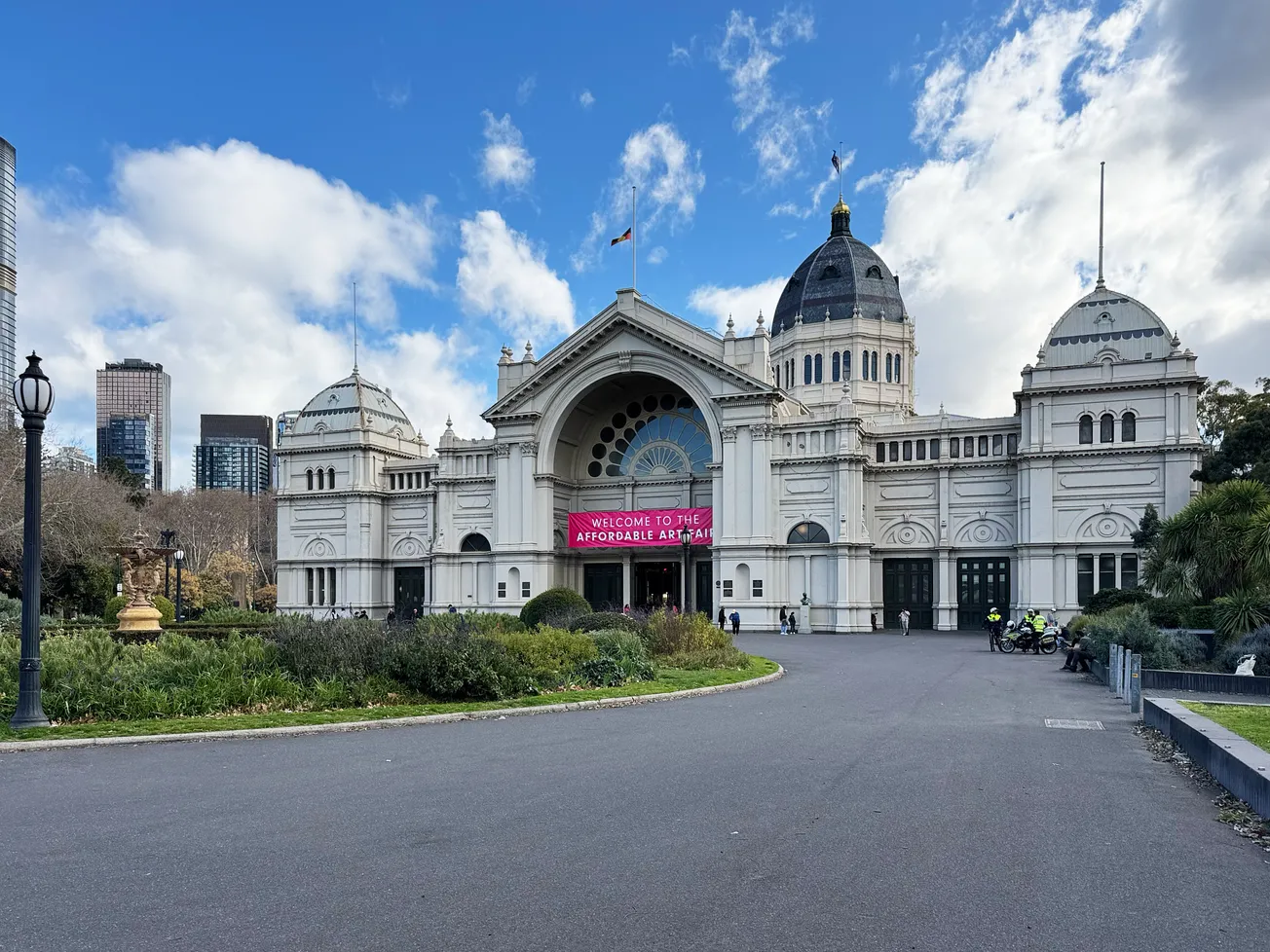Table of Contents
| Title: | Andrew Rogers |
|---|---|
| Duration: | 02:26 |
| Year: | 2025 |
| Production: | Handmade Films (Australia) |
| Production Crew: | David Silva, Alex Ballingall, Ben Chew, Luca Rabak |
Andrew Rogers: Reshaping Landscapes Through Monumental Vision
Forest of Light delves into the profound connection between Westcott and the elemental beauty of Bpangerang Country’s ancient forests surrounding her studio in North East Victoria. This exhibition expresses the rugged, timeless power of the landscape, as well as its radical transformations of colour, light and form throughout the seasons.
Kim Westcott is a significant Australian artist with over 35 years of exhibition history. Known for her large-scale drypoint prints she has since expanded her practice to include bold paintings and acrylic engravings. Westcott was the first Australian to win The Fifth International Biennial Print Exhibit in 1991 and trained in New York under master printmaker Garner Tullis. Westcott’s works have been featured in major exhibitions, including at the National Gallery of Australia, and are held in collections like the National Gallery of Victoria, the New York Public Library, and the Machida City Museum in Japan. Westcott has spent 25 years in North East Victoria / Bpagerang Country where her surrounding forest continues to inspire her evolving work.Andrew Rogers: Reshaping Landscapes Through Monumental Vision
Andrew Rogers stands as one of Australia's most internationally recognized sculptors, whose ambitious vision has literally reshaped landscapes across continents. Since the mid-1990s, Rogers has transcended the traditional boundaries of sculpture by creating massive geoglyphs—artworks built into the earth itself—that can only be fully appreciated from an aerial perspective. His monumental "Rhythms of Life" land art project represents the largest contemporary art undertaking in history, spanning 16 countries across seven continents.
Rogers' artistic journey began with more conventional bronze and steel sculptures characterized by dynamic, flowing forms that explore themes of human consciousness and spiritual expression. His early works often featured elongated human figures with a distinct tension between solidity and movement. However, it was his transition to environmental sculpture that established his global significance.
The "Rhythms of Life" project, initiated in 1998, involves the creation of massive stone structures built according to ancient construction techniques. These geoglyphs often incorporate symbols and forms significant to the local cultures where they are constructed. What distinguishes Rogers' approach is his collaborative methodology—he employs hundreds of local people in each location, making the process as important as the final artwork. This participatory element transforms each installation into a community endeavor that provides economic support while honoring indigenous cultural heritage.
Rogers' work is characterized by an acute sensitivity to place. In Israel's Arava Desert, his stone structures respond to the stark landscape with forms that reference both ancient Middle Eastern symbology and universal concepts. In the high Bolivian Andes, his geoglyphs incorporate Incan motifs while addressing the relationship between humanity and mountain ecosystems. Each site-specific work creates a dialogue between contemporary artistic expression and ancient cultural practices.
Scale is central to Rogers' aesthetic. His structures typically span hundreds of feet, requiring thousands of tons of stone arranged with precision. This monumentality speaks to human ambition while simultaneously emphasizing our smallness within natural landscapes. When viewed from above, his compositions reveal intricate patterns that connect to mathematical principles found throughout nature, suggesting underlying universal rhythms—hence the project's name.
Environmental considerations inform Rogers' practice. His works are constructed using local, natural materials with minimal technological intervention. He avoids permanent alterations to ecosystems, instead creating works that will gradually be reclaimed by natural processes. This approach positions his sculptures within the tradition of environmental art pioneered by Robert Smithson and Richard Long, but with a distinctly global perspective.
Documentation plays a crucial role in Rogers' practice. Given that few viewers will experience his remote installations firsthand, photography and film become essential components of the work. These images—often capturing his sculptures against spectacular landscapes from aerial perspectives—have been exhibited in major galleries and museums worldwide, extending the reach of his artistic vision.
Critics have noted how Rogers' work explores the tension between permanence and ephemerality. While his structures are built to last generations, they are simultaneously subject to geological time and will eventually erode. This temporal aspect connects to ancient monuments like Stonehenge or the Nazca Lines that have inspired him, positioning his work within a continuum of human mark-making that spans millennia.
Rogers' contribution to contemporary sculpture lies in his ability to synthesize ancient techniques with contemporary ecological awareness, creating works that function simultaneously as environmental interventions, cultural exchanges, and philosophical statements about humanity's relationship with the earth. His vision reminds us that sculpture, at its most ambitious, can transcend object-making to become a profound meditation on our place within both cultural and natural landscapes.

